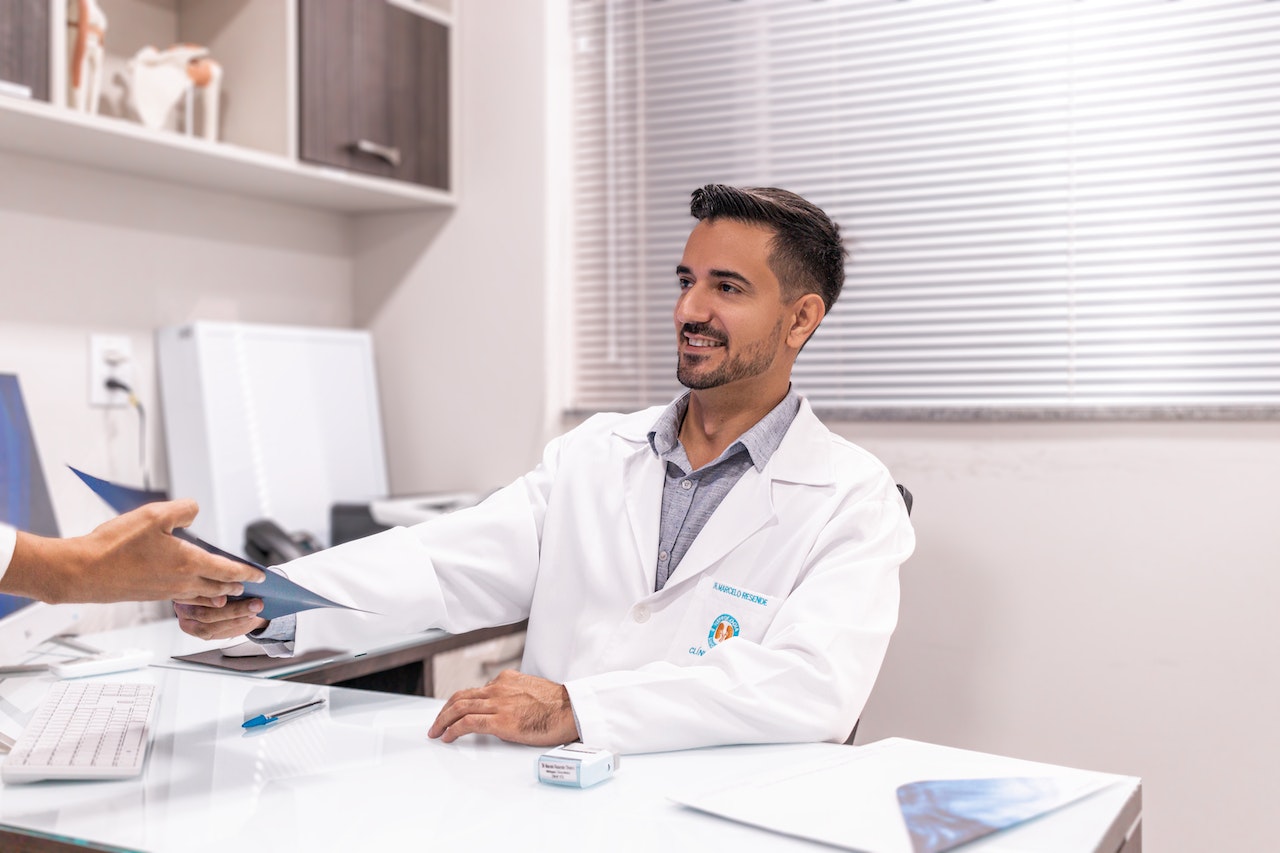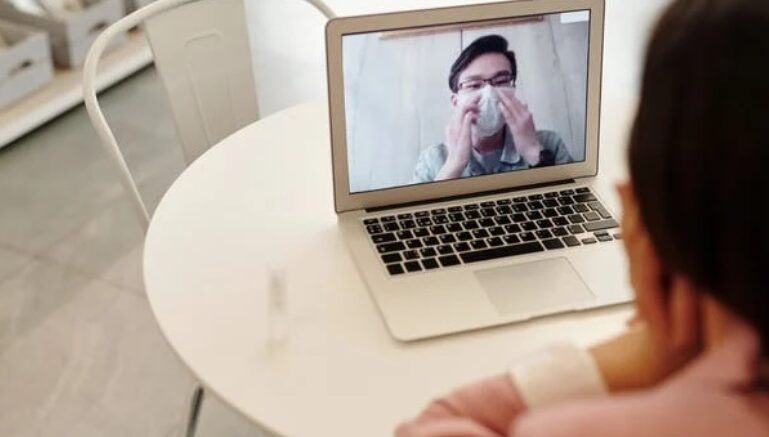With advances in technology, patient care can now transcend in-person visits, allowing clinicians to reach more patients than ever. Remote therapeutic monitoring and remote physical therapy technology enable new solutions that help facilitate the delivery of holistic care sooner, for outstanding outcomes and proactive intervention.
What is remote therapeutic monitoring?
Remote therapeutic monitoring (RTM) refers to the monitoring of non-physiological data of the musculoskeletal and respiratory systems. These services were introduced in 2022 and are reimbursable when treating patients with Medicare and commercial insurance. Data can be both automatically collected and transmitted as well as self-reported by patients when using a remote therapeutic monitoring device that meets the standards set forth by the FDA. In total, there are five remote therapeutic monitoring CPT codes that specific healthcare providers, including physical therapists, can bill for reimbursement. However, only four of said codes are to be used for remote therapeutic monitoring of the musculoskeletal system.
Remote therapeutic monitoring: a window into everyday mobility
Often when patients leave their in-person appointments, there is a lack of insight regarding how a patient is doing at home. Physical therapists have no way of knowing if a patient is keeping up with their home exercises, if certain parameters are improving or worsening, or if more urgent care is necessary unless reported by the patient at their next visit. Remote therapeutic monitoring takes the guesswork out of patient function by providing therapists with a window into the everyday mobility of their patients. Depending on the remote therapeutic monitoring device, the patient can answer self-reported functional outcome measures, leave feedback on their digital home exercise program, and communicate any questions or concerns via text messages. This greatly enhances the patient-provider relationship with better channels of communication. Additionally, there are even digital health solutions on the market that automatically capture important mobility data using only a smartphone – delivering objective data directly to therapists for heightened insight.

New RTM technology that continuously analyzes movement
Previously, the only way to capture precise gait and motion analysis data was by using expensive and cumbersome equipment often only found in lab settings. Unfortunately, most traditional physical therapy clinics do not have access to such equipment and must rely on other methods that are also limited to in-person visits. However, therapists can now collect insight beyond clinic walls using innovative technology like OneStep. OneStep’s first-of-its-kind technology continuously captures gait and motion analysis data using any smartphone – no wearables or additional equipment required. Anytime a patient has their phone on them and has given permission for background analysis, providers receive automatic insight into mobility trends from data collected over multiple points in time, during real-world circumstances. There is research to support that background gait analysis data, collected passively when the patient is unaware, may offer important insight into true functional mobility that differs from the way a patient moves when they are aware of being analyzed. Remote therapeutic monitoring enables therapists this important visibility into unconscious movement patterns that may indicate a need for further assessment or modifications to current interventions. With the advancement of digital health technology, therapists can evaluate their patients and the efficacy of their interventions with greater precision while maintaining the important human touch.
Driving patient engagement with remote physical therapy and RTM solutions
Offering patients the convenience of digital solutions enables them to get the care they need in a way that fits into their daily schedules. Increasing important touchpoints of communication with chat and video features makes it easier for patients to receive meaningful feedback throughout their plan of care – so they always feel supported and never alone. Remote physical therapy boosts autonomy by providing patients with the tools they need to be successful between in-person visits and after discharge. Plus, with remote therapeutic monitoring patients who are ready for discharge but could benefit from continuous monitoring to ensure a safe transition can feel more comfortable knowing their therapist will be notified if there is a need for follow-up to address any concerns in their mobility.
The future of healthcare involves leveraging digital health technology – and physical therapy is no exception. Specifically, remote physical therapy and remote therapeutic monitoring services can greatly enhance the quality of care traditional clinics are able to deliver to their patients in addition to in-person visits. Now is the time to explore these options and implement them to drive patient engagement, satisfaction, and outcomes.
